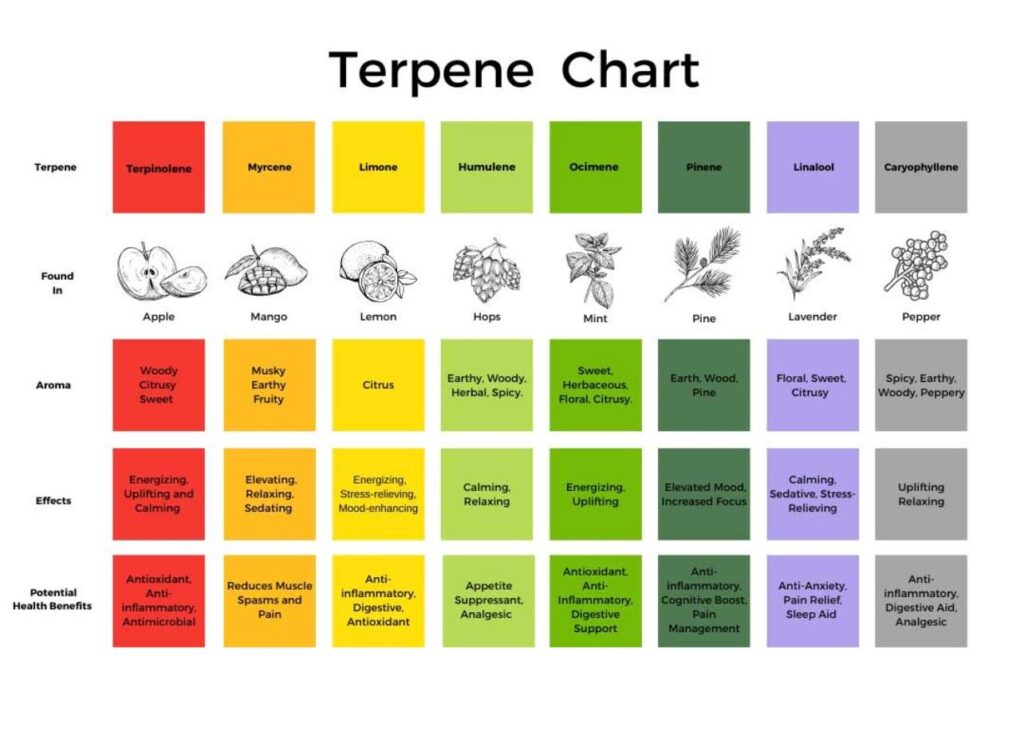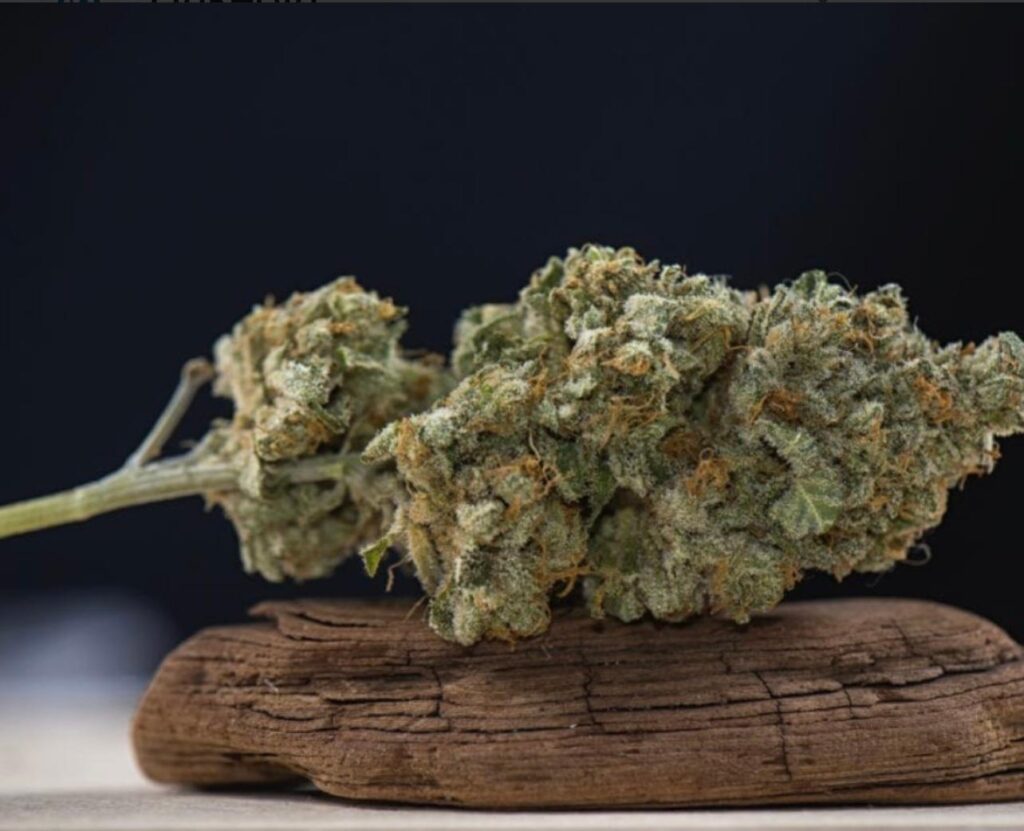Introduction
Cannabis has long been celebrated for its vast medicinal and recreational potential, intriguing both consumers and researchers. At the heart of this interest is the entourage effect, a proposed mechanism where cannabis compounds, particularly terpenes and cannabinoids, work in harmony to enhance each other’s effects. But how significant is the role of terpenes in this synergistic dance, and what does science say about their capacity to amplify the benefits of cannabinoids? The quest for answers highlights the necessity for more research.

Understanding Terpenes
Terpenes are aromatic compounds found in many plants, responsible for their distinctive smells. In cannabis, they offer more than just sensory delight; they contribute to the plant’s therapeutic profile. Terpenes like myrcene, limonene, and linalool are not exclusive to cannabis and are prevalent in nature, each bringing unique effects that may influence mood and physical sensations. They are the unsung heroes of the plant world, potentially playing a pivotal role in the medicinal qualities of cannabis.

The Entourage Effect: A Synergistic Dance
The entourage effect posits that cannabis compounds can produce better outcomes together than in isolation. This synergy, particularly between terpenes and cannabinoids (THC, CBD), is believed to enhance the plant’s overall effects. Some researchers suggest that terpenes may alter the blood-brain barrier’s permeability, facilitating a greater effect of cannabinoids, or modulate neurotransmitter activity directly. Despite the growing anecdotal evidence and early-stage studies, the scientific community continues to probe into the complexities of these interactions.
Investigating the Role of Terpenes
Specific terpenes like myrcene, known for its sedative qualities, and limonene, associated with mood elevation, are of particular interest. Studies hint at these terpenes’ ability to either amplify the therapeutic effects of cannabinoids or mitigate adverse effects such as anxiety or psychoactivity. For instance, linalool is explored for its potential to enhance the anti-anxiety effects of CBD. However, the research remains embryonic, often limited to preclinical studies that may not fully replicate the effects in human subjects.

The Need for More Research
The intricate chemistry of cannabis, with its hundreds of bioactive compounds, presents a challenge to researchers. The current understanding of terpenes and their contribution to the entourage effect is based on a foundation of preliminary research. Comprehensive clinical trials are necessary to elucidate the mechanisms by which terpenes interact with cannabinoids and the human body. This gap in knowledge underscores the urgency for more scientific exploration to validate the therapeutic promises of cannabis and its components.

Conclusion
The potential of terpenes in enhancing the effects of cannabinoids through the entourage effect is a fascinating area of cannabis research that beckons further exploration. As the call for more scientific studies grows louder, the future may hold a deeper understanding of how these natural compounds can be harnessed for their full therapeutic benefit. The journey to unlock the secrets of cannabis chemistry continues, promising to reshape our approach to cannabis as medicine.
This exploration provides a foundational understanding of the complex interplay between terpenes and cannabinoids, emphasizing the need for further scientific inquiry to fully appreciate the potential of cannabis.







